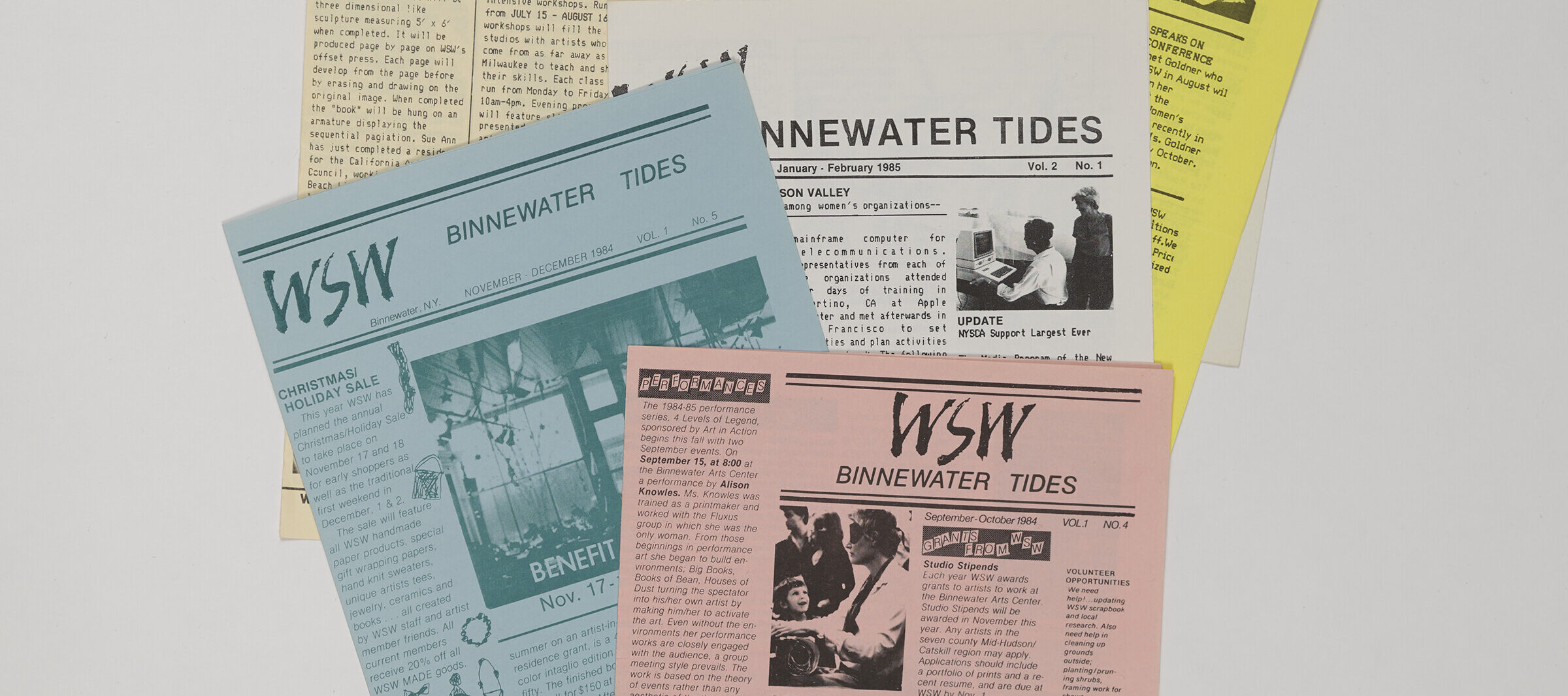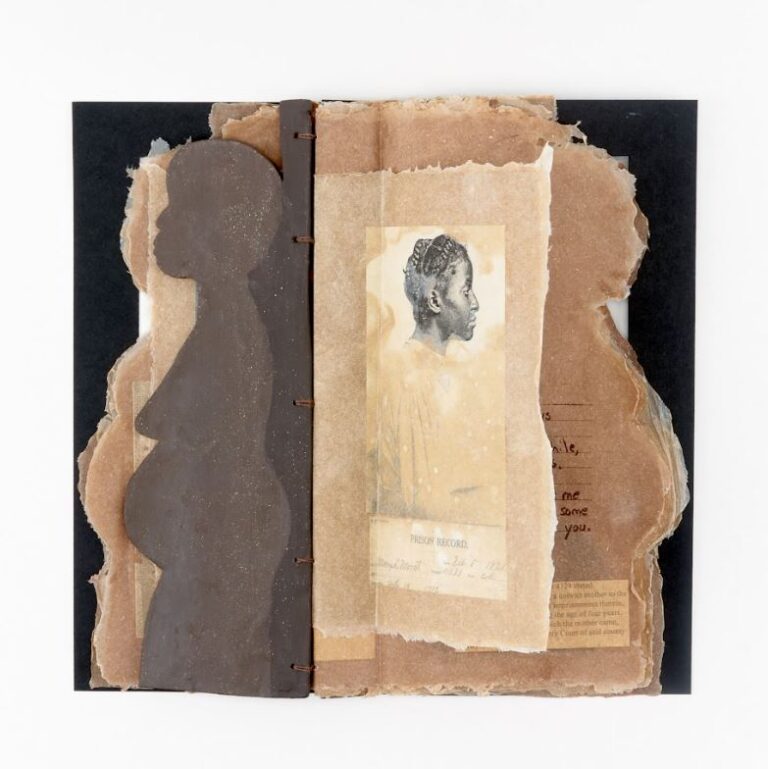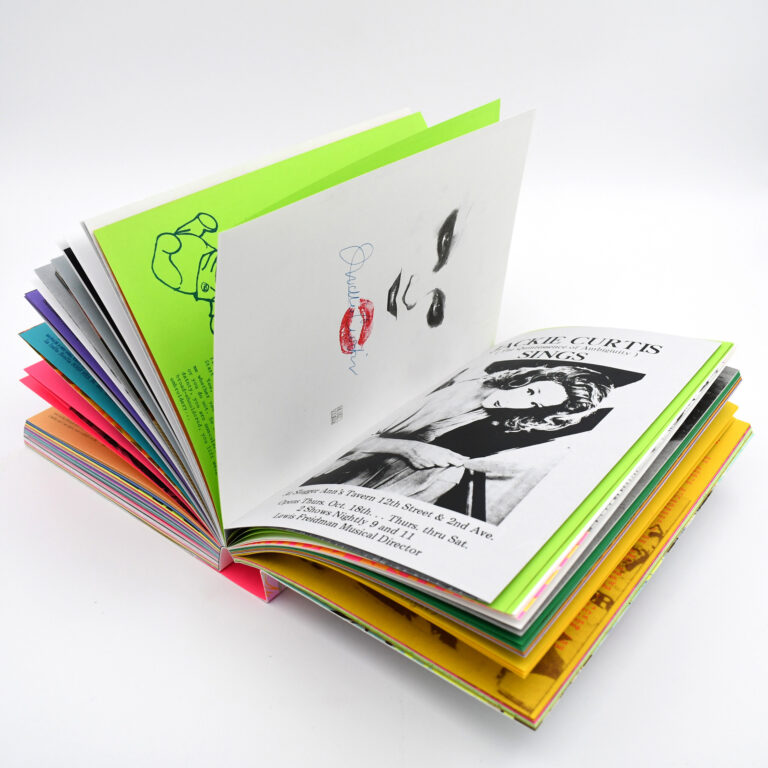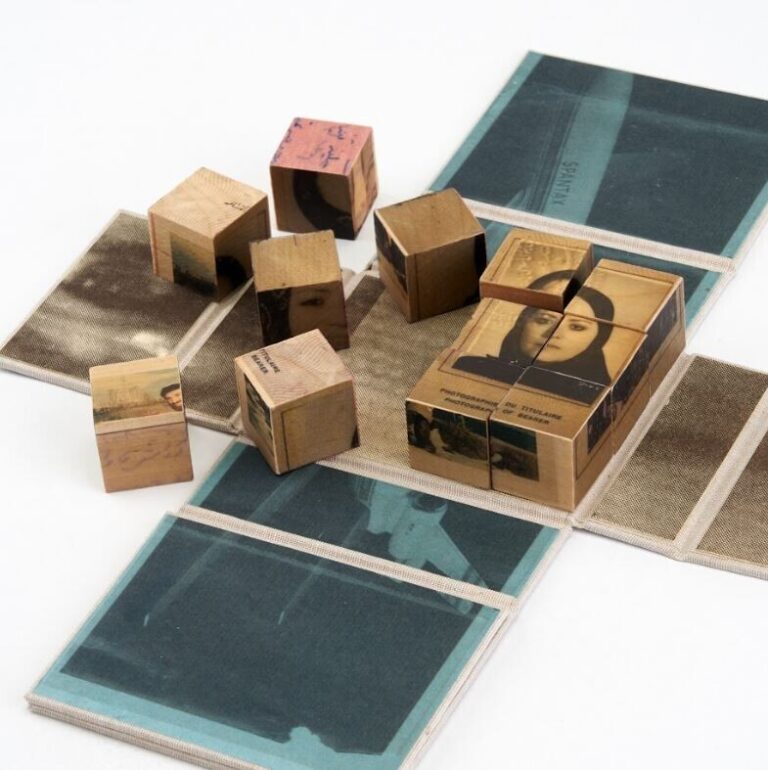Women’s Studio Workshop (WSW) is one of few remaining arts organizations that originated at the height of second-wave feminism, the era that sparked Linda Nochlin’s groundbreaking essay “Why Have There Been No Great Women Artists?” (1971). A Radical Alteration: Women’s Studio Workshop as a Sustainable Model for Art Making, now on view at NMWA, examines WSW’s history as a proponent of book arts for marginalized communities in the U.S. Through artists’ books, zines, printed materials, ephemera, and archival materials, the exhibition shares the work of WSW as a model for radical change.
Elizabeth Ajunwa, director of NMWA’s Betty Boyd Dettre Library and Research Center, spoke with exhibition curator Maymanah Farhat about WSW’s inspirational 50-year history.
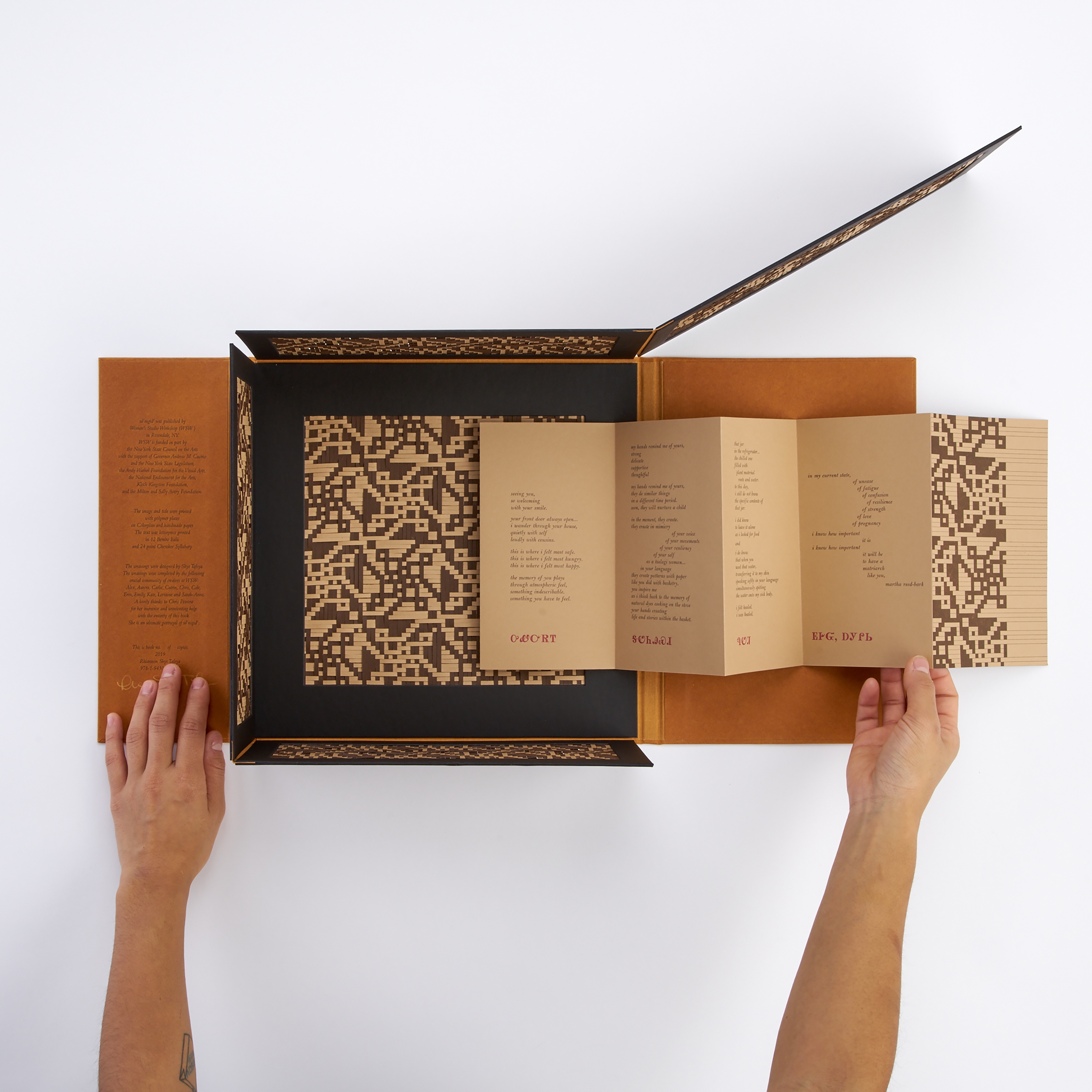
Elizabeth Ajunwa: What led you to curate this exhibition?
Maymanah Farhat: The idea took shape as I started looking into the history of the organization. WSW grew out of the early stage of feminist art—it is one of about four feminist arts organizations from that period still operating. How were they able to navigate the ups and downs of the American art world, the political climate, and the women’s movement?
The intent of this exhibition is to dive into the history of WSW and help viewers gain an understanding that this type of work can be done sustainably. There are so many pressures on nonprofit arts organizations. Not only did WSW survive, they thrived. They kept expanding and adding to their programming. The exhibition articulates that it can be done.
When artists are accepted to the Artist’s Book Residency program, WSW gives monetary, production, and studio support. The campus has studios for photography, papermaking, and much more, and staff who have those technical skills can facilitate new work.
EA: Can you discuss how the whole ecosystem of WSW relates to the exhibition title?
MF: “A radical alteration” comes from Linda Nochlin’s groundbreaking 1971 essay on women artists and why they haven’t been included in institutions. She argued that it was not a matter of women artists not having training or talent, but instead about structure and opportunity. In order to correct that lack of inclusion within the Western canon you need “a radical alteration.” You not only have to intervene within the canon, but you also have to create new opportunities and art spaces. I was interested in how Nochlin’s essay could inform this exhibition, because I wanted to contextualize WSW within that larger cultural movement.
EA: Where do artists’ books fit into the feminist art movement?
MF: In the U.S., artists’ books come into the fold of contemporary art in the sixties and seventies, when many women artists experimented with the medium. They were part of an alternative scene of exchange, and a nonprofit arts organization could be established by a group of artists who had like-minded interests. A few of the WSW founders were printmakers, so artists’ books were a logical next step.
EA: What do you hope people take away from this exhibition when they see it?
MF: I want people to see how much amazing work can come out of a program that is rooted in support, encouragement, and love. Every time I’ve talked about this show and this organization, I’ve had women artists come up to me and say, “WSW was transformative in my artistic practice.” Then you will see the work. Anyone could look at WSW’s archive and find works they are drawn to that reflect an astounding level of artistry and vision. In terms of the content, there’s such a range. It is really a history—in the form of artist books—of this country and the issues that women artists have faced. Artists are political beings and critical thinkers, so their ideas are reflected in their art.
